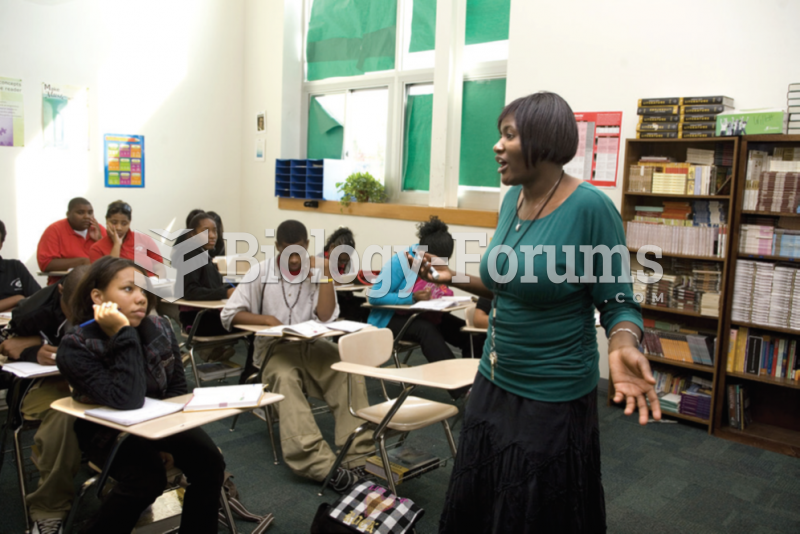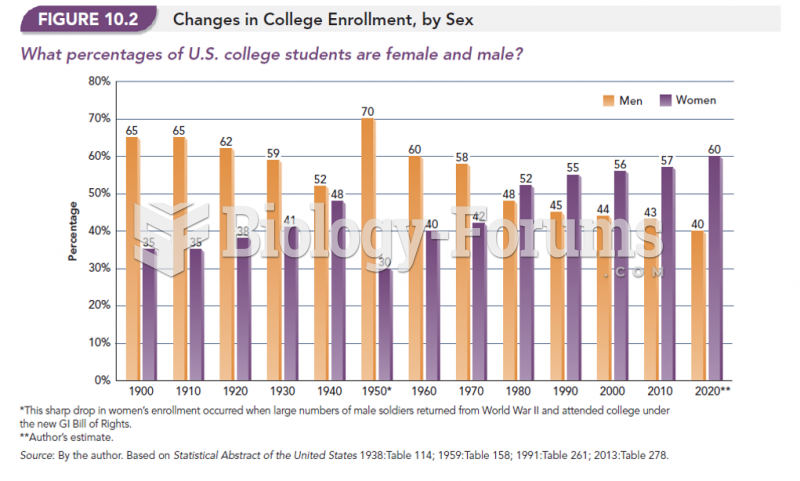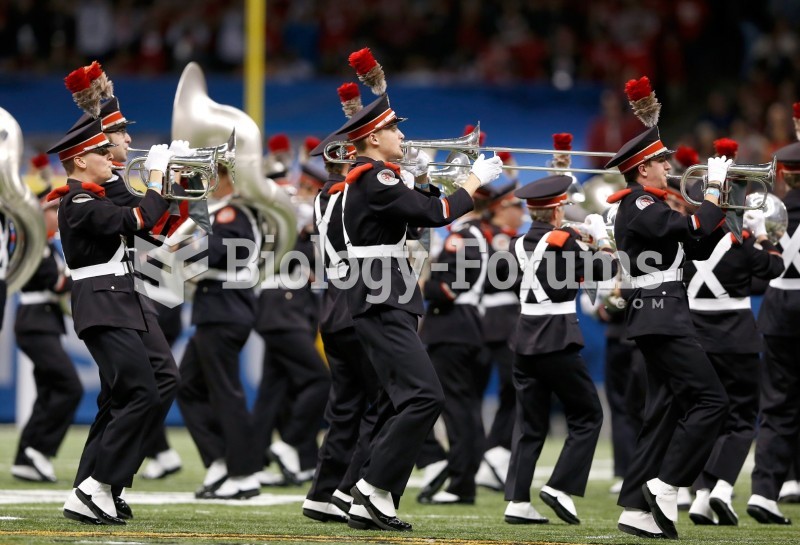Answer to Question 1
There is no one stereotypic kind of college student. Some college students are younger people, recently graduated from high school, who are attending full-time and living on campus. Others are working adults with family responsibilities who enroll in only one or two courses at a time. Some college students attend nationally known research universities; some attend regional colleges and universities; some attend community colleges or liberal arts colleges. Some students have disabilities; some are military veterans; some are going back to college after years of raising families. Some college students are deeply religious; some are politically active; some enjoy music more than sports; some enjoy video games more than music; some play chess. Some college students are fortunate enough to have plenty of money; some are scraping it together with loans and part-time jobs. Some live at home with parents and siblings; some live alone; some live in apartments with friends; some on military bases around the world. Some take all their courses online; some take all their courses on campus; some take courses that are hybrids of both. Some students are enthusiastic about their chosen major, and some are totally undecided about a major. About the only thing we can say about all college students is that from time to time they all have problems that are social, academic, physical, emotional, vocational, or spiritual. Not in all those domains all the time, and certainly not, we hope, all the same problems. Oh, and one other thing, those college students who have an effective process of problem solving stand a greater chance of successfully earning a degree, achieving their other goals, realizing what it means to have the right and the skills to think for themselves.
Answer to Question 2
The Holistic Critical Thinking Scoring Rubric is a great tool to use to evaluate the quality of the critical thinking evident in lots of different situations. The key thing is that people have to express some kind of a reason or basis for whatever it is that they are saying. Hence, it is tough to apply the HCTSR to tweets, slogans, gestures, signs, billboards, and epithets because reasons are seldom given in those cases.







